Spiritualism is the core of every religion, theistic or otherwise. The Sant Nirankaris also pursue a Path leading to spiritual realization, identified in more than one form. For the Sant Nirankaris it means ‘Seeing God (or Nirankar) face to face’. There is no compromise, at this point, whatsoever. For the Sant Nirankaris it is only the corporeal Guru, deified as Satiguru, one who has himself / herself ‘Seen God face to face’, can show God instantly to those who have taken refuge in him. Seeing is believing. The Satiguru or his/ her nominee imparts ‘knowledge of Nirankar’ called Jnana to an aspirant. The former being charged with an important mission to vary it out coupled with unmixed Grace and Compassion. But, before that the seeker is placed under obligation to abide by panj pran or Five Vows, throughout his/her sojourn in this world. Now, one has ‘Seen God face to face’. How to retain this state of Being (not Becoming) in the face of flux? The Sant Nirankari avails of three-fold discipline, comprising Sangat, Seva and Simran, to fight back the flux, the characteristics feature of Samsar. Obviously, Nirankari is not Samsari. But, at the same time, Nirankari and Samsari, both canot be explained away without reference to each other. When you are there where you are, you are Nirankari. But, when you not there where you are, then, you are Samsari. So, let us always be there where we are!
ABOUT THE AUTHOR Harcharan Singh Sobti
Born in 1937 at Dhamial, District Rawal Pindi, now in Pakistan. Migrated to Delhi in 1947 after partition. Pursued interdisciplinary studies in a regular way. Passed M.A. in Punjabi Language and Literature (1961); L.L.B. (1978); M.A. in Philosophy (1980); all from University of Delhi. Awarded Degree of Doctor of Philosophy in Buddhist Studies by the University of Delhi in 1983. Teaching Panjabi Language and Literature for last four decades. Retired as Reader, Head, Department of Panjabi, Dyal Singh College (Evening) University of Delhi. Published doctoral thesis ‘Nibbana in Early Buddhism’ based on Pali Sources from 6th B.C. to 5th A.D., in the year 1985; Studies in Buddhism and Sikhism in 1986; Studies in Panjabi Fiction in 1987; Edited E. Obermiller 1. Nirvana in Tibetan Buddhism and 2.Prajnaparamita in Tibetan Buddhism and published in 1988 and working on Buddha and Nanak: In Comparative Light. Presented papers creditably in the 9th International Buddhist Conference, held in December 1983, at Bodhgaya, Bihar; First International Conference on Buddhism and National Cultures, held in October, 1984 in New Delhi; International Symposium on India and World Literature, held in New Delhi, in February 1985; International Symposium on Folklore in Slavonic Fino-Ugrian and Indian Literature held in New Delhi in 1989. Edited Foundation Course of Panjabi off Idira Gandhi National Open University, New Delhi, in 1989. Published The Sikh Psyche : A Study of Fictional Writings of Bhai Vir Singh in 1990, Theravada Buddhism, in 1993; My Buddhist Writings in 1994; Ths Sikh Gurus in 1996; Mirror of Buddhism in 1997 and The Sant Nirankaris in 2003.


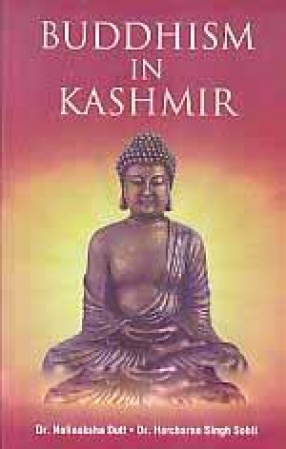
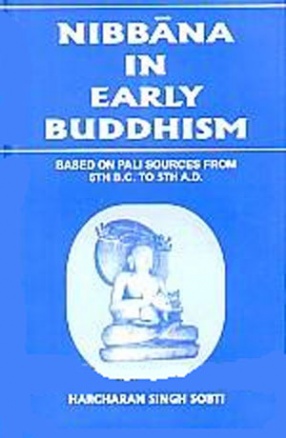
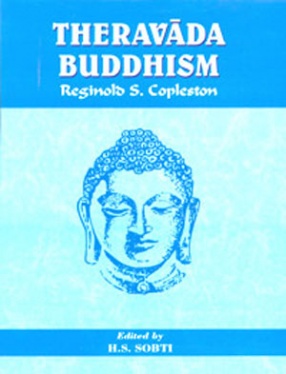
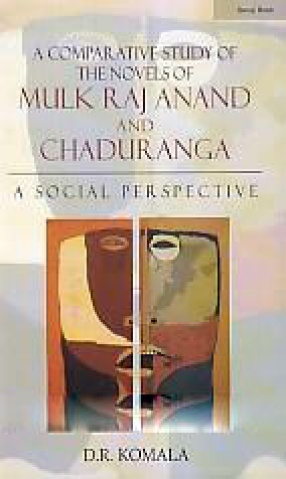
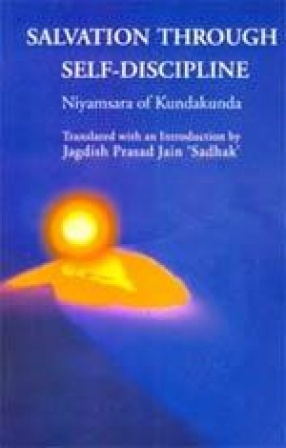
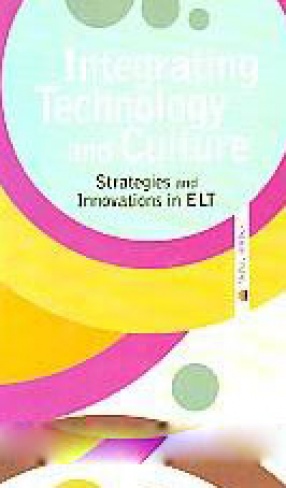
There are no reviews yet.